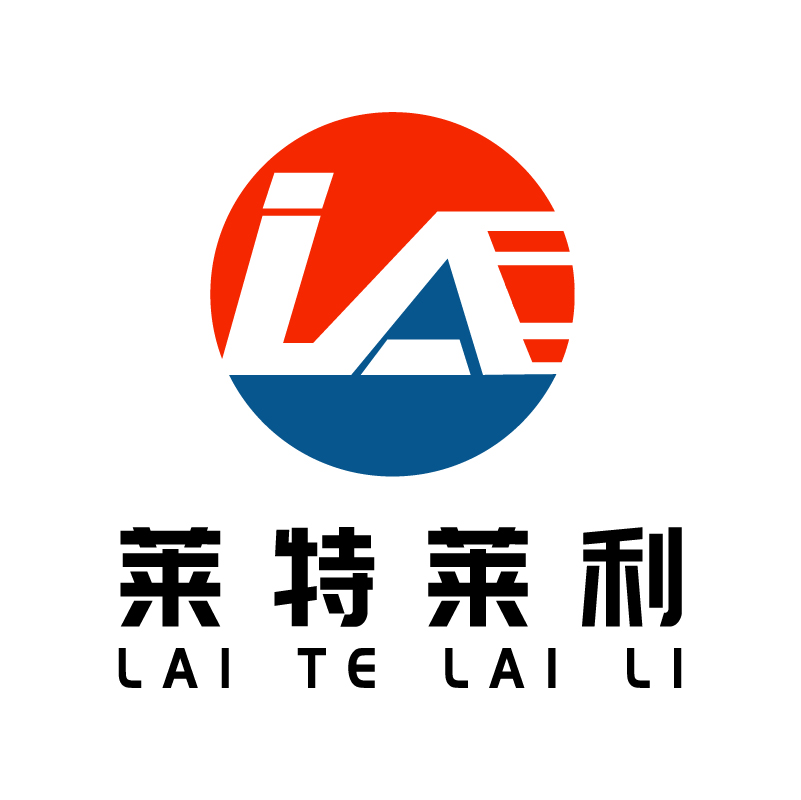What is the impact of the global trade situation on the mixed base carbon belt supply chain?
The influence of global trade situation on the supply chain of mixed base carbon belt is multifaceted, which involves raw material supply, production cost, market demand, competition pattern and international trade policy. Here's a breakdown of those effects:
First, raw material supply and production cost
1.Supply chain stability: Uncertainty in the global trade situation can lead to volatility in the supply chain of mixed base carbon belt raw materials. For example, trade frictions, an increase in tariff barriers, or geopolitical tensions could affect imports of raw materials, leading to supply disruptions or delays.
2.Cost fluctuations: Changes in the trade situation are often accompanied by fluctuations in raw material prices. If the trade policies of the main raw material source countries change, such as increasing tariffs or imposing export restrictions, then the raw material procurement costs of the mixed base carbon belt producers may increase.
Second, changes in market demand and orders
1.Fluctuations in market demand: Changes in the global trade situation will directly affect the economic conditions of countries and consumer purchasing power, and then affect the market demand for mixed base carbon belts. For example, the global economic recession or the rise of trade protectionism may lead to a drop in market demand and a decrease in orders.
2.Order delivery and logistics: Uncertainty in the trade situation may also affect order delivery and logistics in the mixed base carbon belt. For example, the increase of trade barriers may lead to the rise of logistics costs and the extension of transportation time, which will affect the timely delivery of products and customer satisfaction.
Third, competition pattern and market access
1.Market competition Intensifies: In the context of the volatile global trade situation, competition in the mixed base carbon belt industry is likely to become more intense. On the one hand, in order to cope with changes in market demand, enterprises may need to adjust market strategies and product positioning; On the other hand, changes in international trade policies may lead to higher market access thresholds, further intensifying market competition.
2.Market access barriers: In order to protect domestic industries and markets, some countries may implement more stringent trade protection measures, such as raising tariffs and implementing anti-dumping investigations. These measures are likely to make it more difficult and costly for mixed base carbon strips to enter these markets.
Fourth, international trade policy and compliance
1.Changes in trade policy: Changes in the global trade situation are often accompanied by adjustments in international trade policies. For example, some countries may adjust their tariff policies, sign or withdraw from trade agreements, etc., and these changes may have an impact on international trade in the mixed base carbon belt.
2.Compliance requirements: With the adjustment of international trade policies, mixed-base carbon belt enterprises need to pay more attention to international trade compliance issues. For example, understand and comply with national laws and regulations on product standards, environmental protection requirements, intellectual property protection, etc., in order to avoid trade disputes and losses caused by illegal operations.
Fifth, cases and trends
Trade frictions: In recent years, events such as the Sino-US trade frictions have had a profound impact on global supply chains. Similar events can lead to disruptions in the supply of raw materials for the mixed base carbon belt, higher production costs, and fluctuations in market demand.
Supply chain restructuring trend: In response to the uncertainty of the global trade situation, many companies have begun to re-evaluate their supply chain layout, seeking to diversify supply sources and reduce dependence on specific markets. This trend may have an impact on the supply chain structure and market layout of the mixed base carbon belt.
To sum up, the impact of global trade situation on the mixed base carbon belt supply chain is multifaceted and complex. In order to address these challenges, mixed-base carbon belt enterprises need to pay close attention to changes in the international trade situation, strengthen the awareness of supply chain management and risk management, take effective measures to improve the resilience and reliability of the supply chain, and actively expand diversified markets and seek new development opportunities.



